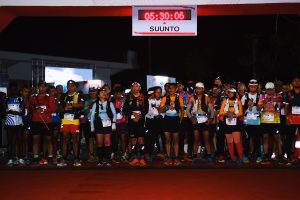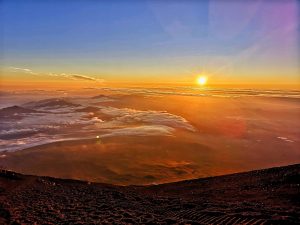Standing at 5416m or 17,769ft above sea level, it is called the graveyard pass based on a tragedy on October 2014. Thorung La Pass is the highlight of the Annapurna Circuit trek, which has been opened for trekking for nearly 40 years.
It was 2pm and we had finally reached Thorung High Camp (4895m asl) where we were supposed to spend for the night before ascending the pass. It was our 10th day hiking from our starting village Dharapani (1860m asl) and the weather had been rather playful with us. Initial snow falls were pleasant and almost magical, but we were helplessly praying for the snow to stop. At approximately 5000m asl, the snow level was knee deep with no sign of stopping and we heard rumours that they may even close the pass…
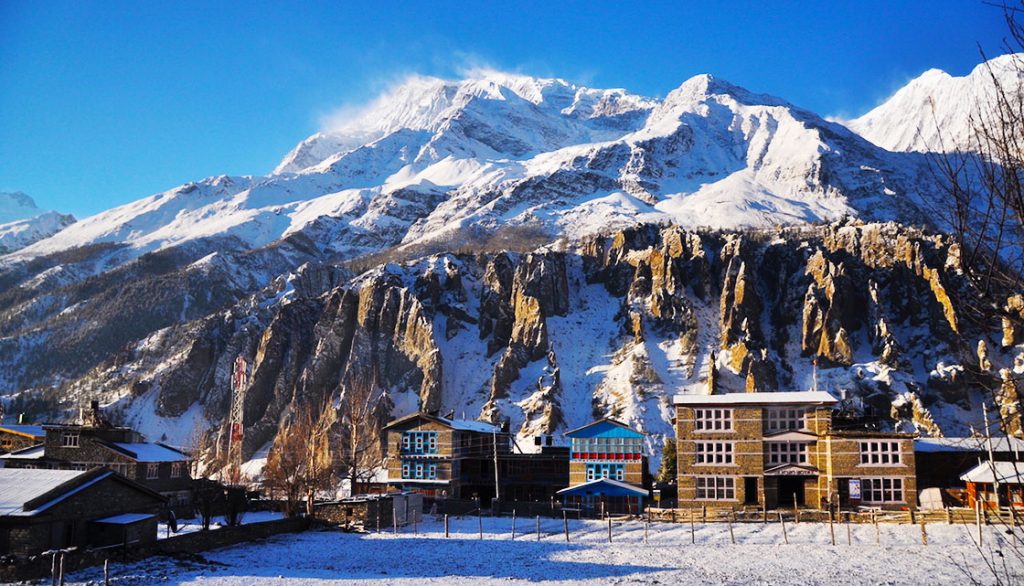
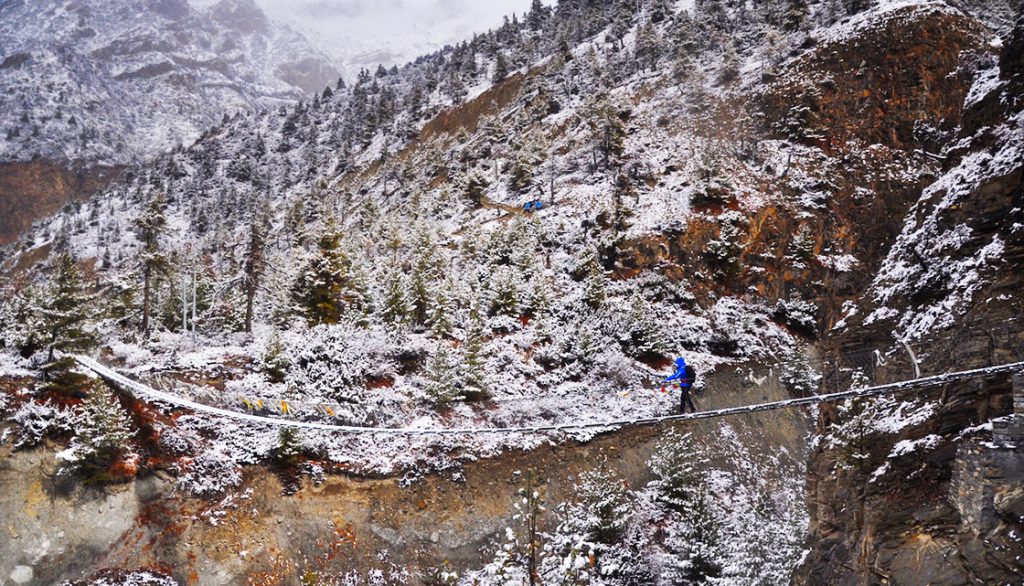
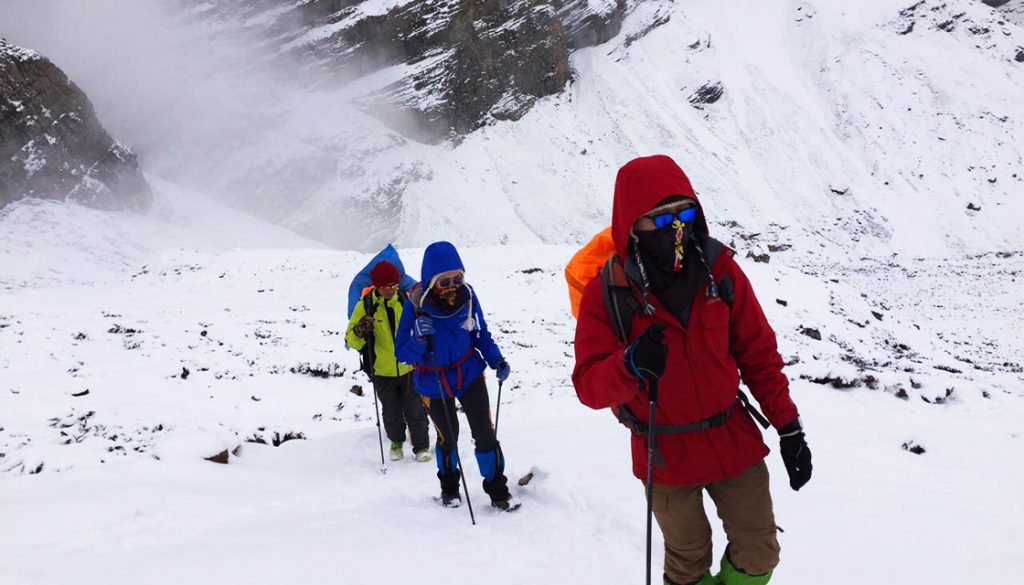
Arriving at High Camp, we were united with almost 30 trekkers from around the world, all warming up around a stove of firewood and yak dung while sipping garlic soup for acclimatisation. Another group gathered at an adjacent table, passing time with a game of cards. Breathing was shallow here and a toilet break felt like a climb up 3 flights of stairs. We met hikers who turned back at Shree Khakar and Yak Khakar (both lower parts of the circuit), too worn out and apprehensive to cross the graveyard pass. We soldiered on, and were driven by our desire to complete the trek. This was a circuit, turning back would mean tracing back from where we came from and we were not ready to give up. Yet.
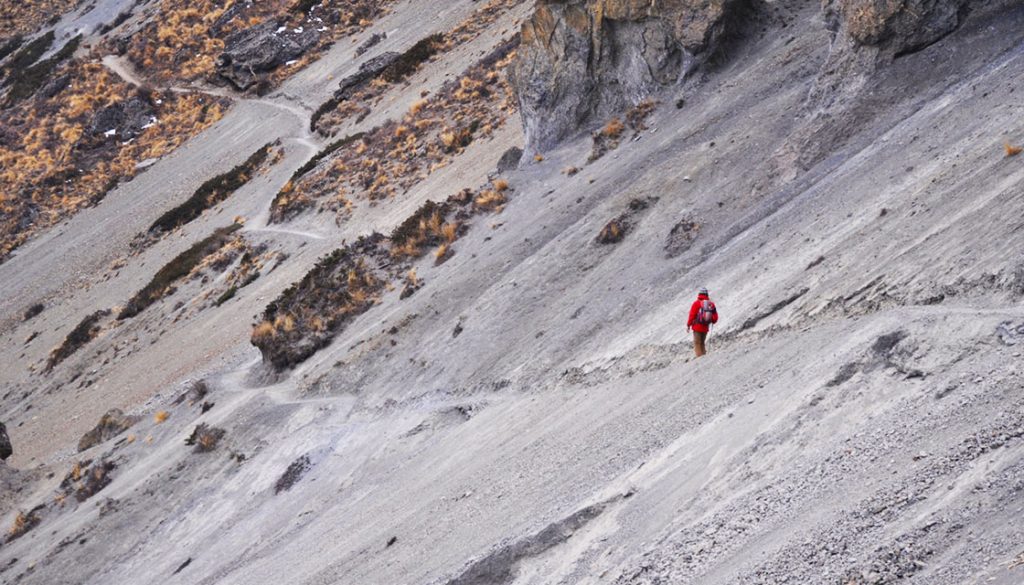
We had early dinner of Dal Bhat at 6pm and retired early to camp at 7.30pm to wake up at 4am the next morning to cross the pass. The room temperature was approximately -10 degrees and we were warned that sleeping would be a difficult ordeal at such altitude. At 4am, we reluctantly crawled out from the cocoon of our sleeping bags, washed up and packed our duffle bags with stiff and freezing hands. Breakfast was supposed to be heavy but everyone’s appetite was suppressed due to the significant altitude. The trek from High Camp to the pass was less than 3km and 500m altitude, however at this altitude it subjectively seemed way longer. Equipped with headlamps, snow spikes and our determination, we joined the entourage of 30 lead by two experience Sherpas. However, the snow was unforgiving and the higher we went, the sharper the snowflakes were leaving paper cut like marks on our faces. Visibility was poor, hence we had to keep close to each other, always keeping the trekker in front in view for fear of losing our way. We were advised not to take long breaks as the snow would quickly cover up previous boot trails. It was a painstakingly long journey. 3 hours into the trek and no prayer flags were to be seen. The higher the altitude, the stronger the wind and the more exhausting the climb was. Finally at around 9.30am and 4 hours into the trek, the Sherpa guide started exclaiming triumphantly that we reached our destination. Upon reaching the pass, emotions were quite active here. Everyone realised that they had made it despite the gruelling climb. Tears inadvertently welled up my eyes. Making the height records here made us even happier although sceneries were unclear. The Thorong Peak (6144m asl) was nowhere in sight.
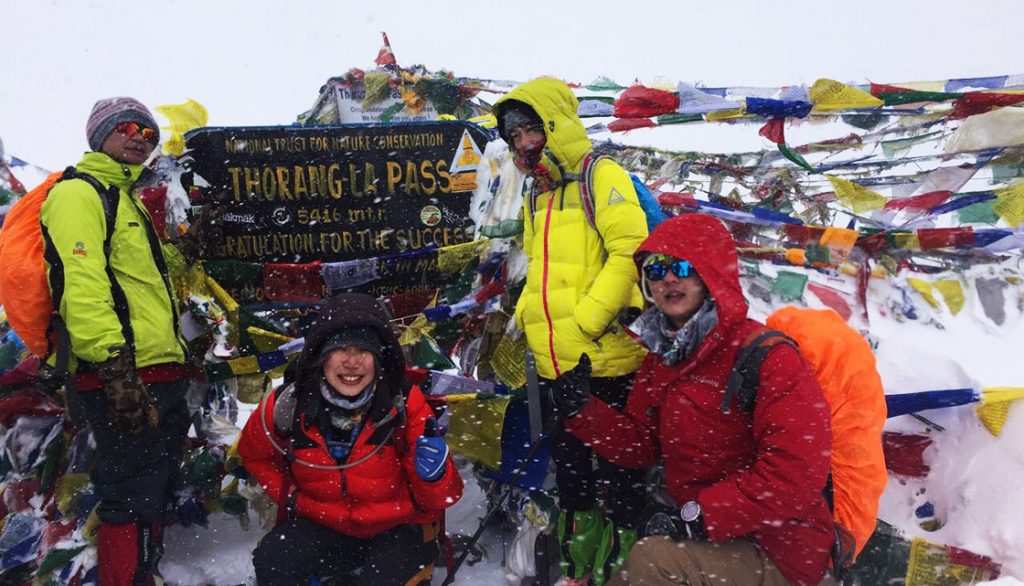
Just when you thought the worst was over, descending the pass was a different technical challenge altogether. Slippery slopes and snow storm with strong winds were enough to knock us off our feet. With every stop we took to rest our aching muscles, the colder we got. We only had light snacks and water to last us to the next village, Muktinah which we would only reach by late afternoon. Seeking refuge at any available shack that we could find, kind hikers would share their stash of food with us although exchanges of words were scarce due to our depleting supplies of energy and oxygen. It was a test of mental endurance from here forward. Our descend down to Muktinah (3710m asl) for 7km distance would take us approximately 4 to 5 hours hike. We watched as fellow hikers without spikes losing their balances at slippery slopes slipping and falling on thawing ice and were thankful that we purchased ours.
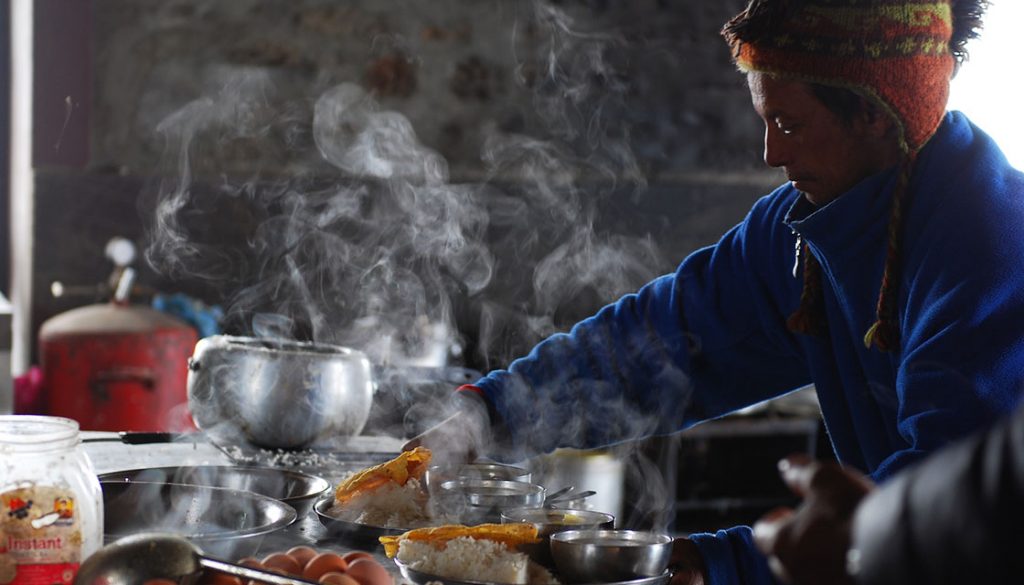
We reached Muktinah, a sacred Hindu town at around 4pm. Within Hinduism, it is called Mukti Kshetra, which means the “place of liberation or moksha”. Indeed, how liberated we were upon reaching this town. All attires were drenched from snow and being deprived of shower for 6 days, we were dying for shelter and those gas operated 330C low pressure showers. However, while drying our clothes and keeping warm around a stove in our tea house, we learned that there was no power supply in this town for the past 2 days due to heavy snow and the snow was so thick in Muktinah that no transportation to Jomsom was possible for the next 3 days. This town was supposed to mark the end of our trekking trip – all hopes were crushed. We planned and negotiated thoroughly with our guide and porters, desperately finding the easiest way out of this cold town. Exhausted, we decided to sleep through it so we could make clearer judgements tomorrow. We were greeted by a clear day in the morning with knee deep snow and had unanimously decided to walk out of Muktinah for 20km to Jomsom. It may take us the whole day just to reach Jomsom due to the possibility of losing our way because of thick snow. Tired and disappointed, we slowly put on our semi-dried gears and dragged our tired legs out by 8am. Outside our hotel, we saw another group of trekkers preparing to hike out too and joined them. We later found out that another group decided to be airlifted out which was too dear for us to afford. We reached Jomsom by 4pm.
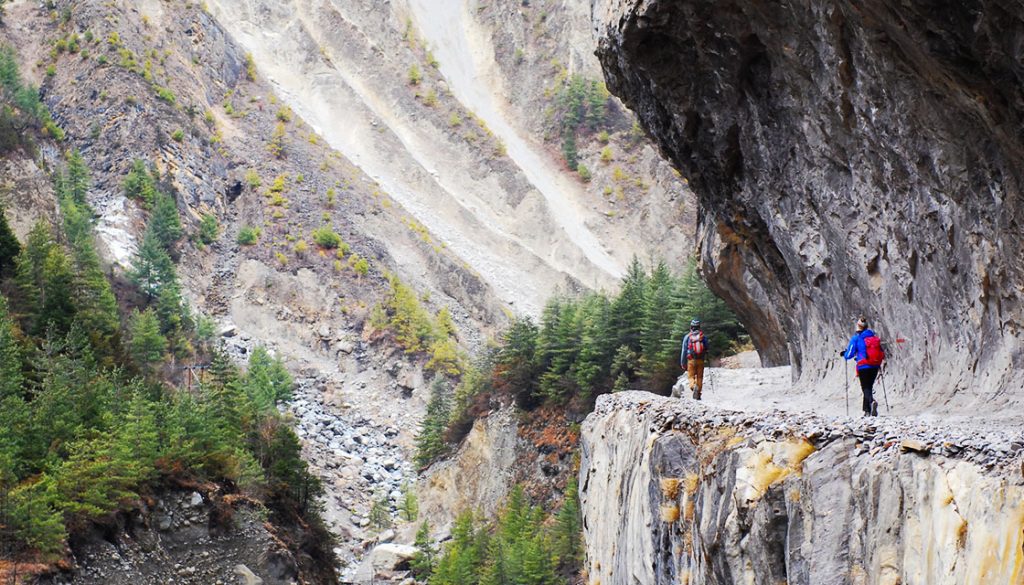
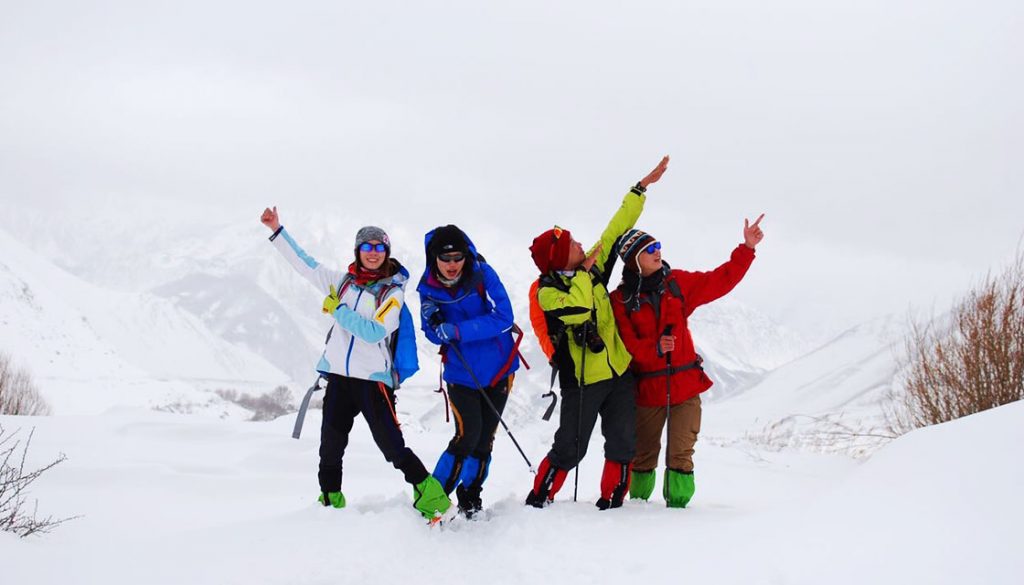
At Jomsom, we had decided to squeeze ourselves like canned sardines in a chartered jeep before the snow storm hits to reach Pokhara at 1am the next morning. Missing the ride would mean another night stranded here and possibly no transportation out to Pokhara for the next 2 days or so. It was a late, dangerous and an uncomfortable journey of mud and grit. Without speaking to each other, we checked into our rooms, showered and slept soundly till morning, finally safe in the second largest city of Nepal. It wasn’t until the next morning that we found out that the Thorung La pass was closed the day after we conquered the pass, rendering all trekkers approaching the day after stranded and were forced to turn back. A snow storm hit Manang (a beautiful village for acclimatisation), broke all solar panels causing the small town to be in darkness. Rescue teams were dispatched to check on the villagers and hikers. All communication stalled. We counted our blessings then. How lucky we were to have crossed this pass that may have claim our lives like it had already claimed so many before this. Thinking about the fellow stranded trekkers, we thanked God for guiding us to safety and prayed for their safety.
“Mountains are places where you come in terms with nature and appreciate its wonders that are mostly taken for granted. It melts down your earthy pride and materialistic glories that define you amidst humans. It strips an individual from the shades of city comforts and tests their mettle in the wilderness, bridging the gap with nature that seems to have widened by man himself.”
Credit: Melissa Lim



